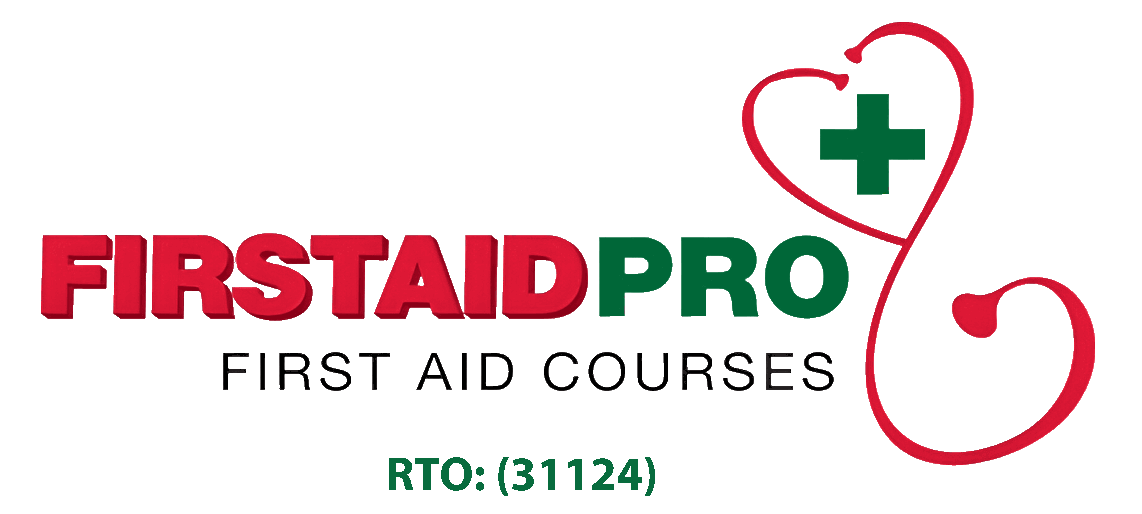Every second counts in a stroke emergency, and what you do in those critical moments can potentially help save a life.
What is a Stroke
A stroke or “brain attack” occurs when a part of the brain is robbed of the oxygen and blood supplies it needs to function at its best. This happens when a blood vessel to a part of the brain either clots, bursts, or has a blockage.
A stroke is a true emergency; the sooner treatment is given, the more likely it is to minimize the damage.
The longer a stroke is unrecognized and without treatment, the more brain cells die. Luckily, there are first aid treatments that can be given to a person until emergency services can take over.
F.A.S.T Signs
In case of a possible stroke, use the acronym F.A.S.T to easily recognize the warning signs.
- Face – Ask the person to smile and notice if their face droops down on one side or if it is uneven.
- Arms – Ask the person to raise both of their arms. Notice if one arm is lower or unable to raise one side. The person suspected of a stroke may also experience weakness in their legs, resulting in poor balance and coordination.
- Speech – Ask the person to repeat or follow a simple sentence. Notice if their speech is slurred or hard to understand. Difficulty speaking can indicate a stroke.
- Time – Every minute counts during a stroke. If you spot these symptoms in a person, call your local emergency services immediately. Make a note of when you first noticed the symptoms.
Aside from using the F.A.S.T acronym, here are other signs and symptoms to watch out for:
- Weakness or numbness on one side of the body
- Blurred or loss of vision, particularly in one eye
- Sudden, severe headache with no apparent cause
- Unexplained dizziness or unsteadiness
- A sudden fall or loss of balance.
There are many risk factors associated with this condition. These include people with high blood pressure, diabetes, heart disease, chronic smoking, and with history of stroke. Take note that the risk of stroke increases with age.
First Aid for a Stroke Emergency
Here are things to do when someone is having a stroke. But before following these steps, alert emergency services by calling triple zero – 000 or ask other bystanders in the area to make the call.
Remain calm
Stay calm and monitor the person’s condition to prevent them from falling or being otherwise injured. Assess their level of consciousness, whether they are breathing normally or not.
Put them in a comfortable position
Gently place the person in a comfortable position. Ideally, put them on their side with the head and shoulders slightly raised. Cover the person to reduce heat loss, and try not to move them once positioned.
Check the airways
Check if the airways are clear. Look for any object or substance (e.g. vomiting) that causes obstruction or hinders the person’s breathing. When this happens, place them in a recovery position and begin to administer CPR.
Make notes
It is important to write down the timing of symptoms and other relevant details as precisely as possible. The first responder or the doctor will need to know this information to decide the best course of treatment for the victim.
Although the experience of suffering a stroke can be frightening for many, if prompt medical treatment is given, improvement is achievable in most cases.
Conclusion
Time is essential in the recognition and treatment of stroke. The best chances of survival and recovery only happen if a person receives first aid and emergency treatment in the first few hours of the attack.
Learn the practical skills to help save a life. Book a first aid course today.
